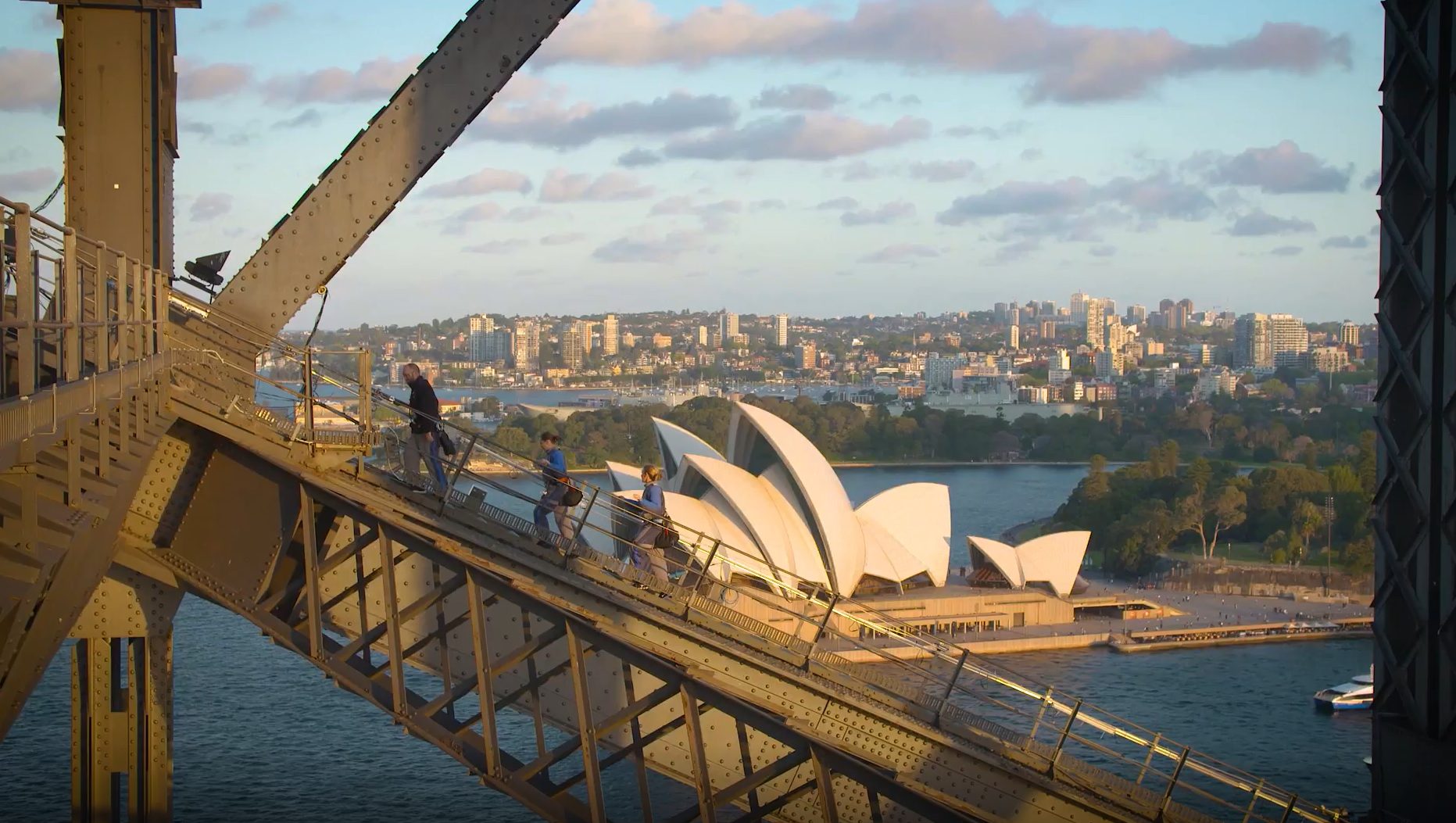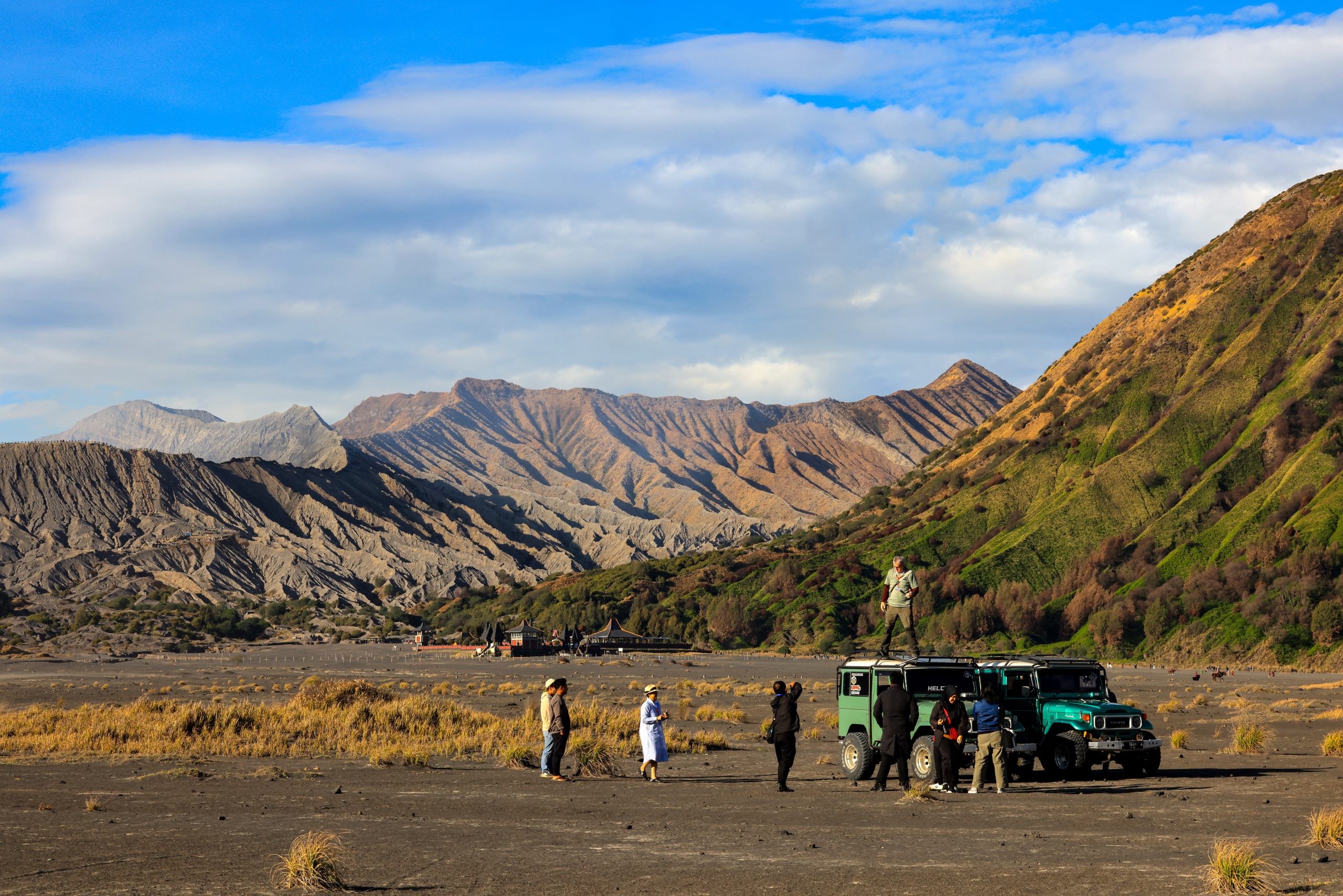After eight years of citywide preparations and ceaseless hype, the first event of the 2010 World Expo was a thrilling one. The opening ceremony in April was the world’s largest outdoor multimedia display and used Shanghai’s Huangpu River as its stage for a 30-minute spectacular created by Australia-based David Atkins Enterprises.
After the last of the 194,000 pyrotechnic effects had exploded into the sky, attention quickly turned to presenting the 2010 World Expo as a platform to promote Shanghai as a globalised city for business – and China’s premier meetings and events destination.
Generating consumer excitement was never likely to be an issue in a country with the population size of China – and the World Expo reported more than 21 million visitors during the first two months. But the goal of the Expo organisers and participants extends further – the 184-day Expo is all about developing new and diversifying existing commercial and cultural ties.

In advance of hosting the Expo, Shanghai underwent a multi-billion dollar makeover. Its two airports Pudong and Hongqiao were expanded, and an international cruise terminal was completed. New high-speed rail lines were opened cutting journey times between Shanghai and neighbouring cities. The metro network was extended to 11 lines, while several highways and multiple skytowers were built. The famous Bund on the west bank of the Huangpu River was re-landscaped, while global retail brands opened swathes of glitzy flagship stores on Nanjing and Huaihai Roads, and across the river in Pudong.
The World Expo site, spanning both banks of the Huangpu River, will contribute to the long-term events legacy of the six-month-long Expo. Permanent constructions include the iconic red China Pavilion (Shanghai Expo’s answer to the Beijing Olympics’ Bird’s Nest), a vast new convention centre and the clam-shaped Mercedes-Benz Arena, which will host NBA basketball matches and high-profile concerts and performances.
To plan and coordinate Shanghai’s post-Expo meetings and events strategy, the Shanghai Municipal Tourism Administration (SMTA) established a 25-person MICE Task Force in April. Led by SMTA vice-chairman Connie Cheng, its members include general managers of leading hotels, destination management companies (DMCs) and airlines.
Hosting the Expo certainly had a positive impact on the hotel industry in May. Shanghai experienced the largest occupancy increase of leading Asian cities, and hotel average daily rates rose 29.3 percent to US$142.52.
Clearly, buyers will hope that these higher room rates will not be a permanent feature.
For a city whose meetings and events sector is heavily reliant on hotel infrastructure, and which saw a significant pre-Expo rise in new rooms and meetings facilities, these statistics have been welcomed by others.

“The hotels should win the most benefits from the Expo,” says Raymond Qian, associate director of Ovation China. “Many international companies are organising meetings or events during the Expo and they need accommodation and meeting space.”
High-end offsite restaurants are also reporting strong demand for private events, Qian adds. “Social dinners and gala events are being put on at the more stylish restaurants, especially those located in old villa houses.”
Stefano Ritella, director of Shanghai-based HLD Events, agrees. “We have noticed that several high-end hotels have solid bookings throughout the summer. On one occasion, we had to change the date of our event to find a suitable venue that was not already reserved.”
This meetings boost is broad-based, Ritella adds. “As well as Pavilion-related events, other meetings are taking place that are related to the Expo, particularly for high-level executives and dignitaries travelling to Shanghai because of the Expo.”
Shanghai witnessed the opening of several luxury hotels in the past year, expecting to benefit from the Expo buzz.
“At the fore during the Expo period, we have seen the major activity being generated by the representing or participating countries and the Expo sponsors,” says Rainer Burkle, general manager of The Ritz-Carlton Shanghai, Pudong, which opened in June.
“Furthermore, business is being produced by organisations with headquarters or regional outposts in Shanghai. Very often they have smartly combined their yearly management or incentive meetings with a visit to the largest-ever World Expo.”
The soon-to-open Fairmont Peace Hotel is also optimistic.
“Tourism in Shanghai in 2010 is very promising, and I believe the benchmark, in terms of facilities and service delivery, will continue to be raised,” says Kamal Naamani, general manager, Fairmont Peace Hotel. “MICE is a key and growing generator of hotel demand. International events favour Shanghai for its international exposure and state-of-the-art facilities, and new offerings such as Shanghai Disneyland will boost demand.”
This extra demand is creating challenges, however, notably in terms of the cost and availability of events space.
Venues and hotels are clearly enjoying the opportunity to hike rates.
“We have seen a few venues refusing their usual discounts and increasing their rates because of Expo-related bookings,” says Ritella of HLD Events. “While this is understandable, it may leave a bad aftertaste for future dealings.”

FAST FACTS
Access
Shanghai has two airports: Pudong International Airport (PVG – for international routes, Hongkong, Macau and some domestic services); and Hongqiao Airport (SHA – mostly for domestic flights, plus an increasing number of East Asian regional routes, espcially to Korea and Japan). Both airports were recently upgraded.
Visas
A pre-arranged visa is required for each visitor to China. There is no visa-on-arrival service.
Climate
Shanghai has a variable climate, ranging from intensely hot and humid (June to August) to sub-zero (December to February). The most temperate months are March to May and September
to November.
Languages
Mandarin is the official language, though English is spoken in business hotels, tourism and events venues, bars and restaurants.
2010 World Expo
For more information, visit the official website at: http://en.expo2010china.com
Contact
Shanghai Municipal Tourism Administration Commission
email: pr@meet-in-shanghai.net
THE WORLD COMES TO SHANGHAI
While the national pavilions at the 2010 World Expo showcase a mixture of commercial and investment opportunities, tourism highlights and cultural and art exhibitions, some pavilions extended their reach beyond the site to take advantage of Shanghai’s new events infrastructure.
With a strong accent on promoting cultural exchange between overseas nations and China, some of these pavilions have created innovative Expo-related programmes showcasing culture, art and performance at venues across Shanghai.
Italian theatre in Chinatown
Housed in a stunningly renovated former temple a few blocks back from the Bund, Chinatown is a burlesque music hall and theatrical events venue that caters to varied private functions. In late June, it played host to a specially created theatre show commissioned by the China-Italy Chamber of Commerce.
The show, entitled A Jesuit at the Chinese Imperial Court, Matteo Ricci from Macerata to Beijing, was directed by Mario Maranzana and brought Italian actors to Chinatown to tell the story of Matteo Ricci – the first Jesuit missionary from Italy to travel across China in the late 16th century.
“The venue was redecorated like an old Tuscan villa, and featured a specially built watchtower and screen projections,” says Anna Patterson, co-founder of Chinatown.
“We staged two versions of the show, an evening performance for 180 guests of the China-Italy Chamber of Commerce, and a matinee performance for 70 media invitees. A couple of the scenes took place in our private boxes on the third floor, which served to enhance the splendour of the space and added an extra dimension to the show.”
Chinatown produces its own public shows from Wednesday to Saturday, but is closed from Sunday to Tuesday, and is often booked for private events on those days.
“The Italian theatre shows were booked just one week before the actual performances, but we have also hosted events for the Australian Chamber of Commerce, GM, Steelcase and Henkel, which held an awards ceremony here, during the Expo,” says Patterson. “We are working on upcoming events with the US, Spanish and Mexican Expo Pavilions.”
Dutch Culture Centre
Throughout the Expo, the Netherlands is presenting a varied programme of culture and arts events at the Dutch Culture Centre. This specially commissioned venue located in a renovated factory in Jing’An district complements the activities at the Dutch Expo Pavilion.
“The Dutch Minister of Culture asked the Netherlands China Arts Foundation to create a programme that was based on cooperation with the Chinese local art world, not only to promote and help Dutch artists and organisations but also to attract Chinese art lovers,” says Monique Knapen, coordinator of the Dutch Culture Centre.
“The Netherlands China Arts Foundation believes that to be able to do this, it is better to have a spot in town instead of having the large crowds at the Expo.”
From March to September, the DCC is hosting seven exhibitions on themes including architecture, design and visual arts, plus meetings, master classes and workshops.
Among the exhibitions is Taking a Stance – Critical Attitudes in Chinese and Dutch Architecture and Design, which presents the work of eight trendsetting designers from the Netherlands and China. Theatre performances, video installations and contemporary dance are also being staged.
“The DCC and the Dutch Pavilion at the Expo are closely related and we cooperate as much as possible,” says Knapen.
“Our programmes are shown on their screens at ‘Happy Street’ at the Expo site, and we show at the centre a film of Dutch related items on the Expo grounds.”
This innovative cultural-exchange project has proved to be a beneficial experiment, Knapen adds. “It is unique for a country to be present on so many art disciplines. We have been able to market our programmes to the right people – decision makers and artists, and the feedback we get is very positive.”
Culinary fiesta
The culinary arts are the focus of a tasty Expo presentation by the Spanish Pavilion. It is serving up 17 weekly menus showcasing Spanish regional delicacies from Extremadura to Cataluña, Andalucia to the Canary Islands and Cantabria to Rioja. Each menu is co-created by two chefs – one from the Spanish region being celebrated that week, and another from overseas. Thirty-seven renowned chefs from 15 countries boasting a total of 49 Michelin stars will be featured.
The Gastronomic Fiesta menus are each served for lunch and dinner over the course of one week at Acqua restaurant at Gran Meliá Shanghai – the first major Spanish hotel to open in the city. “Meet the chefs” breakfasts form part of the programme, with guests invited on stage to test their cooking skills, and local journalists are invited to interview the chefs and taste the specially prepared food and wine.
“For Spain, gastronomy is a very important part of our culture, and we wanted to celebrate this at the Expo in Shanghai in an international context – so we have paired some of our own excellent chefs with other top chefs from around the world,” says María Tena, Spain’s Expo Pavilion commissioner. “It also gives us an opportunity to showcase some of Spain’s excellent ingredients and products, such as olive oil and jamon cerrano (dry-cured ham), to a Chinese audience.”
Renowned Spanish chefs cooking up a storm during Expo include Pedro Subijana, Juan Mari Arzak, Martín Berasategui, Andoni Adúriz, Paco Roncero, and Dani García. They are joined by, among others, Alvin Leung, Zhenxiang Dong, Björn Frantzen, Michel Roth and Gabriel Kreuther.
“Some of our chefs are getting very good feedback, and are doing some business while they are here, and that is an important part of Expo. It is very important for people to learn more about your culture before they do business with you,” says Tena.


